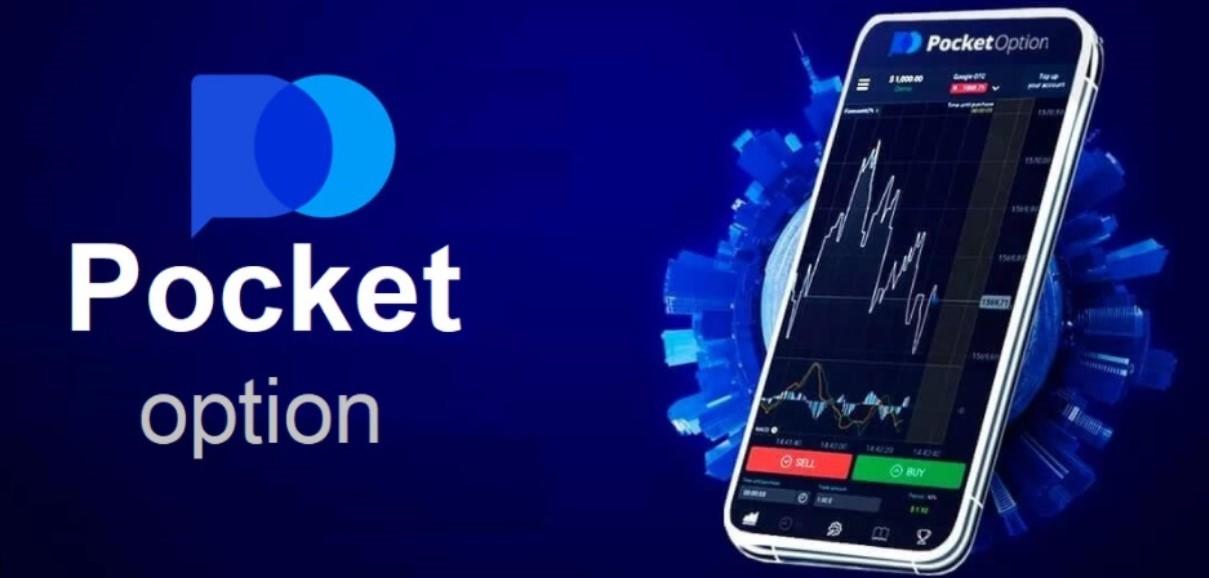
Pocket Option Fees: Understanding the Costs Involved
Trading platforms are essential tools for anyone involved in the financial markets, and understanding the fees associated with these platforms can significantly impact a trader's overall profitability. One of the most popular options today is Pocket Option, which attracts a wide range of traders due to its user-friendly interface and innovative trading features. However, before diving into trading, it's crucial to understand the Pocket Option Fees frais de Pocket Option involved. In this article, we will discuss the various fees associated with Pocket Option, how they can affect your trading experience, and what you can do to minimize these costs.
1. Overview of Pocket Option
Pocket Option is an online trading platform that offers a variety of financial instruments, including binary options and digital options for trading. Providing users with access to a wide array of assets, such as currency pairs, cryptocurrencies, stocks, and commodities, Pocket Option has become a favorite among both novice and experienced traders. The platform is known for its low minimum deposits, high payouts, and various trading tools that enhance user experience.
2. Types of Fees on Pocket Option
Understanding the different types of fees on Pocket Option is crucial for anyone looking to trade effectively. The fees can generally be categorized into the following:
2.1. Trading Fees
While many online trading platforms offer commission-free trading, Pocket Option generates its revenue through the spreads between buy and sell prices. The trading fees may vary depending on the type of asset and market conditions. It's essential to review the trading conditions for different assets on Pocket Option to understand these variations fully.
2.2. Withdrawal Fees
Withdrawal fees are applicable when you decide to transfer your earnings from your Pocket Option account to your bank account or e-wallet. The amount of these fees may vary based on the withdrawal method selected, so it’s advisable to check the specific details on the Pocket Option platform. Additionally, certain minimum withdrawal limits may apply, which can impact your overall trading strategy.
2.3. Inactivity Fees
Pocket Option may impose an inactivity fee on accounts that remain dormant for an extended period. This fee is designed to encourage active trading on the platform. Understanding how long you can go without activity before incurring this fee can help you manage your account effectively and avoid unnecessary charges.
2.4. Deposit Fees
While Pocket Option does not generally charge deposit fees, some payment methods may incur fees from processing providers. It is essential to confirm the fee structures associated with the deposit options you choose to avoid surprises.
3. How Fees Affect Your Trading
The various fees associated with Pocket Option can significantly affect your trading profitability. Here are some ways that fees can impact your overall trading experience:

3.1. Compounding Costs
Trading regularly on a platform with high fees can lead to compound costs, taking away a considerable portion of your profits over time. Traders must be aware of the costs that accumulate through frequent trading and how these affect their bottom line.
3.2. Influencing Trading Strategies
Your trading strategy may need adjustment based on the fee structure. High trading fees might dissuade day trading or frequent transactions, prompting a shift towards longer-term trading strategies that incur fewer fees.
3.3. Comparison with Other Platforms
When assessing the overall value of Pocket Option, comparing its fees to those of other platforms is essential. If a competitor offers lower fees for similar trading options, it might be worth considering switching platforms to improve profitability.
4. Tips to Minimize Fees on Pocket Option
There are several strategies you can employ to minimize fees while trading on Pocket Option:
4.1. Choose Your Trading Style Wisely
Consider adopting a trading style that minimizes the frequency of trades. Strategies such as swing trading or position trading can help reduce the number of trades you make, subsequently lowering trading fees associated with each transaction.
4.2. Be Mindful of Withdrawals
To minimize withdrawal fees, plan your withdrawals strategically. Instead of withdrawing small amounts frequently, consider accumulating your earnings and withdrawing larger sums less often, if your financial situation allows.
4.3. Stay Active
To avoid inactivity fees, remain active in your trading account. Set goals for your trading sessions to ensure you are consistently engaging with the platform, which can help you avoid unnecessary costs.
4.4. Select Cost-effective Deposit Methods
Research the deposit methods available on Pocket Option and choose those that do not incur fees. Depending on your location, certain payment methods may offer lower costs, thus saving you money in the long run.
5. Conclusion
Understanding Pocket Option fees is essential for anyone looking to trade on this popular platform. By familiarizing yourself with the various costs involved, including trading fees, withdrawal fees, inactivity fees, and deposit fees, you can make informed decisions that enhance your trading experience. Utilize the tips provided to minimize these costs and improve your profitability. Remember that successful trading is not just about making the right market predictions; it also involves managing your expenses wisely. With the right strategies in place, you can navigate Pocket Option’s fee structure to your advantage.

